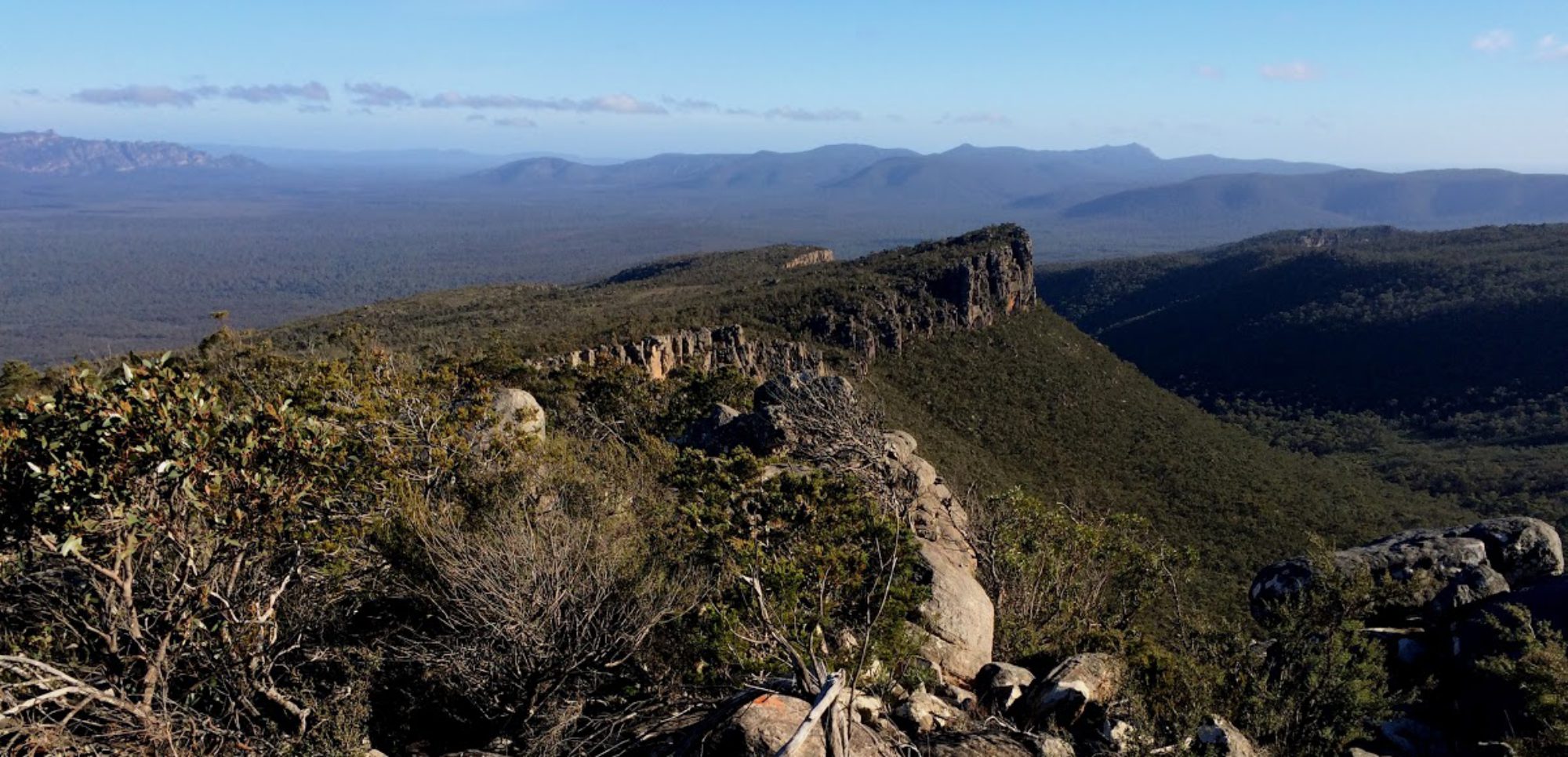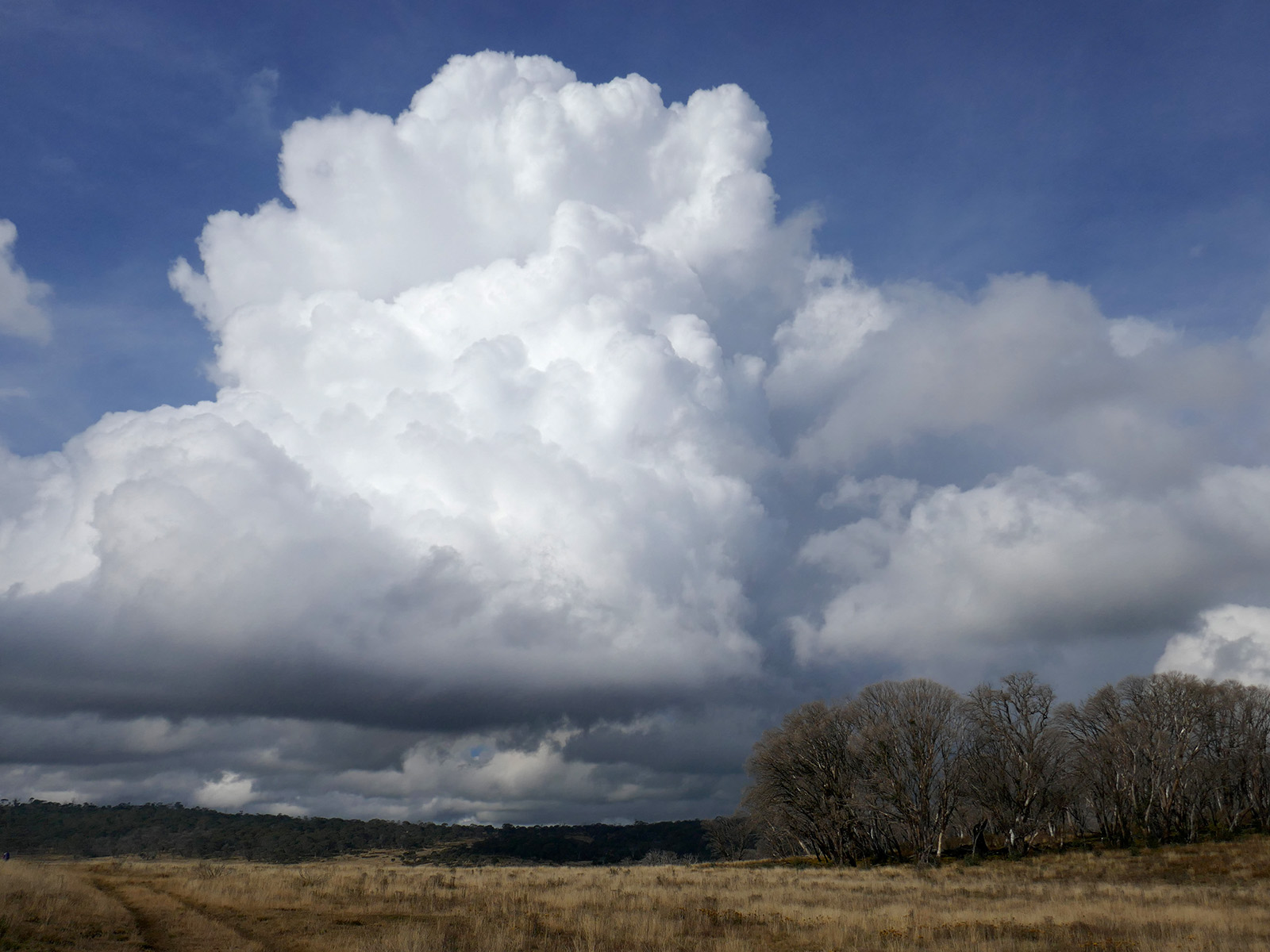Reading Time: 2 minutes
Viewed from a sheltered location, a thunderstorm is dramatic and spectacular.
However, a thunderstorm can be very dangerous for bushwalkers caught in the wrong place. Exposed locations such as mountain ridges and coastlines can get particularly severe storms, as the topography contributes to the energy of the storm, although severe thunderstorms can occur anywhere.
Thunderstorms can produce chaotic strong winds, torrential rain and on occasions very large hail, and even tornadoes, as well as thunder and lightning. Thunderstorms are dynamic and what may appear to be a minor storm approaching can worsen rapidly.
Strong winds with torrential rain or hail can make walking progress very difficult or impossible. Trees can lose limbs or be uprooted by the wind. Lightning strikes can be fatal. Torrential rain will produce sheet flooding of the ground surface and very dangerous flash floods in water courses, creeks and rivers. If camped, tents can be flooded, damaged or demolished and be at risk from falling trees.
If thunderstorms are forecast, or if the signs of a developing thunderstorm are observed, the route and intended campsite should be reviewed carefully and if necessary changed.
The signs of developing thunderstorms are usually hard to miss; the growth of towering anvil-shaped cumulonimbus clouds and the sound of distant thunder, usually in the afternoon. The base of the clouds may become grey or black. The weather will most likely be warm and humid.
Lightning associated with thunderstorms can be very dangerous. This page provides information about assessing the risk of lightning and precautions that should be taken.
Responding to an approaching thunderstorm
- Get off or away from exposed locations such as a ridge, open slope or coast (lightning, wind). A motor vehicle or a building can be a good refuge, if it can be reached in time.
- Get out of a gorge or narrow river valley. A gorge with limited escape options is a particularly dangerous place to be if thunderstorms are about. Violent flash flooding can develop rapidly.
- Get away from large or fire damaged trees (tree and branch fall, lightning strike) to low lying, open areas not threatened by possible tree fall.
- Delay putting up tents in a sheltered location until the storm has passed and surface flooding has subsided, uncomfortable as that may be.
See also:
References and external links
- Severe weather hazards – Bureau of Meteorology
- Cloud types and precipitation – Bureau of Meteorology

